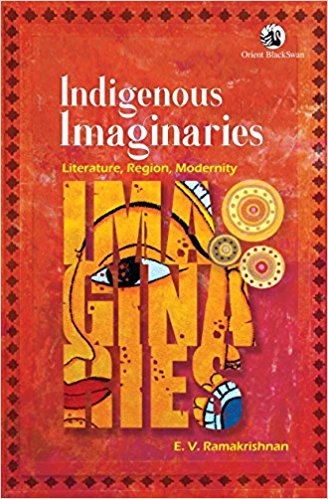EV Ramakrishnan’s collection of essays Indigenous Imaginaries: Literature, Region, Modernity has several entry points. In continuation of his earlier work Locating Indian Literature: Texts, Traditions, Translations, he is revisiting questions of tradition, transformation and modernity by taking a deeper look into the different cultural contexts embedded in the notion of ‘region’ or ‘kshetra’ and their shaping of the literary field in India. A starting point in the text is the dynamic indigeneity in all its variations that has over the centuries negotiated rigid hierarchical power structures, sometimes opening up small spaces where potentials for larger changes are embedded. These are also spaces that are able to negotiate different kinds of crises from within. The point Ramakrishnan makes is that these spaces have not been very often taken into consideration in prevalent cultural histories tracing the trajectory of the modern or the movement towards a deeper democracy and new orders of justice.
There is then a focus on translation and its implications in bringing about a change in literary sensibilities, in engendering pluralist epistemologies and calling for a self-positioning both ‘within and without at the same time’ having several positive consequences. There is, finally, an overarching concern with comparative literature and the tasks that lie before it to be carried out with particular modes of analysis. A note of urgency is evident in this as the author feels that there are possibilities of a gradual erosion of self-identity with the advent of an aggressive globalized culture resulting in acts of violence and hatred, and it is at this point that one has to hold on to what he calls one’s ‘ways of seeing’, an act that may emerge from the perspective of comparative literature studies. I will take up this particular area as my point of entry to the text.

